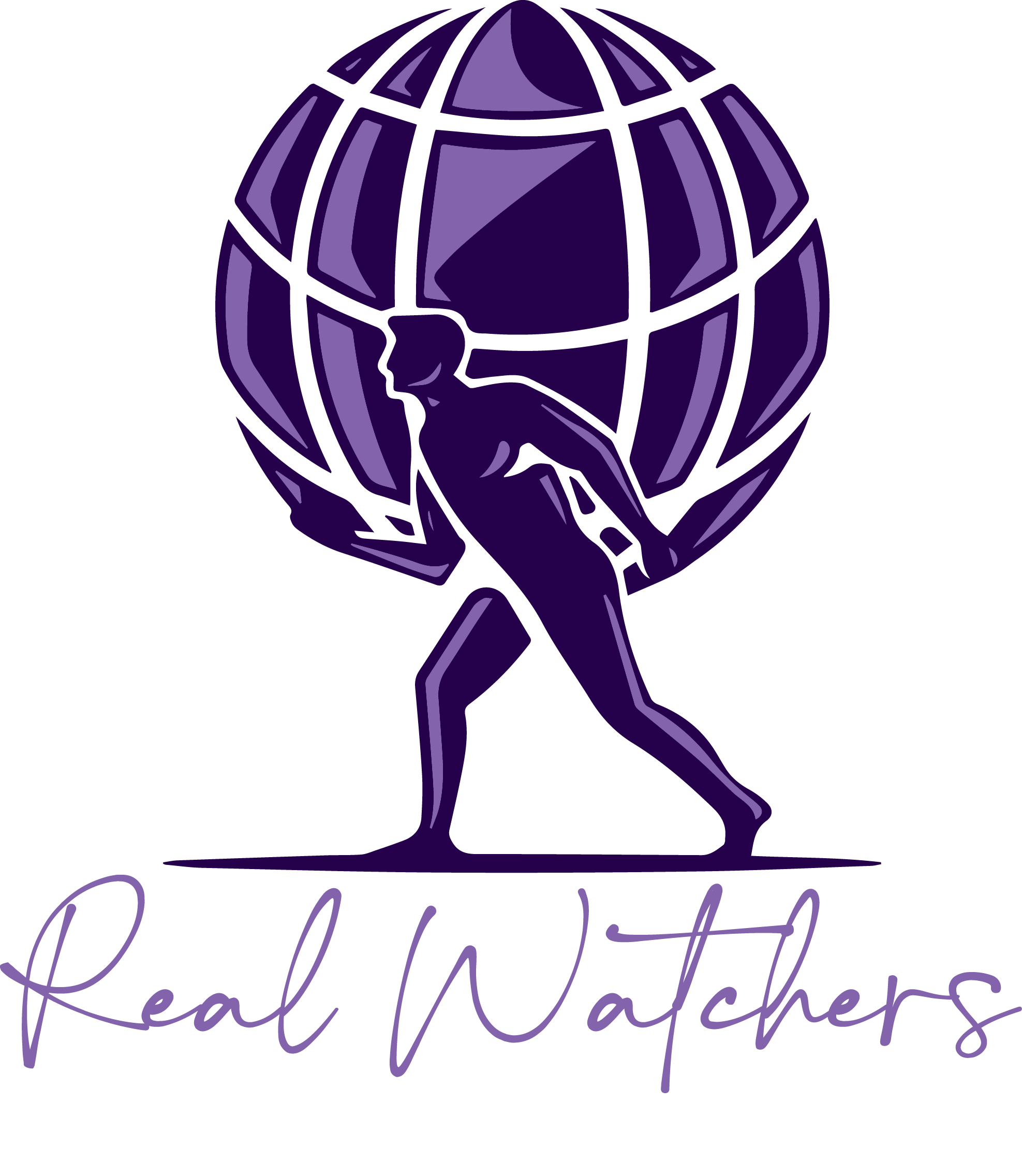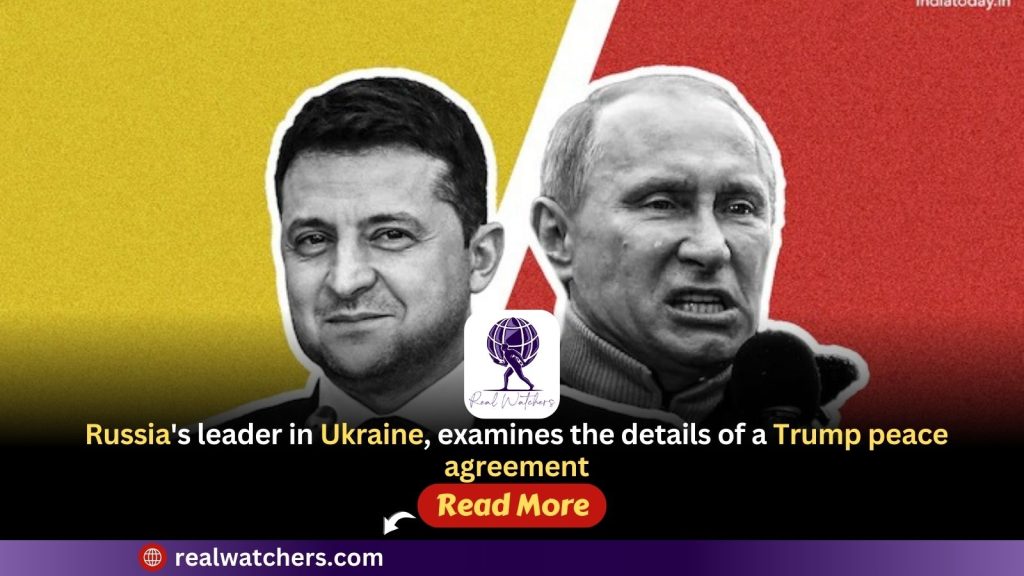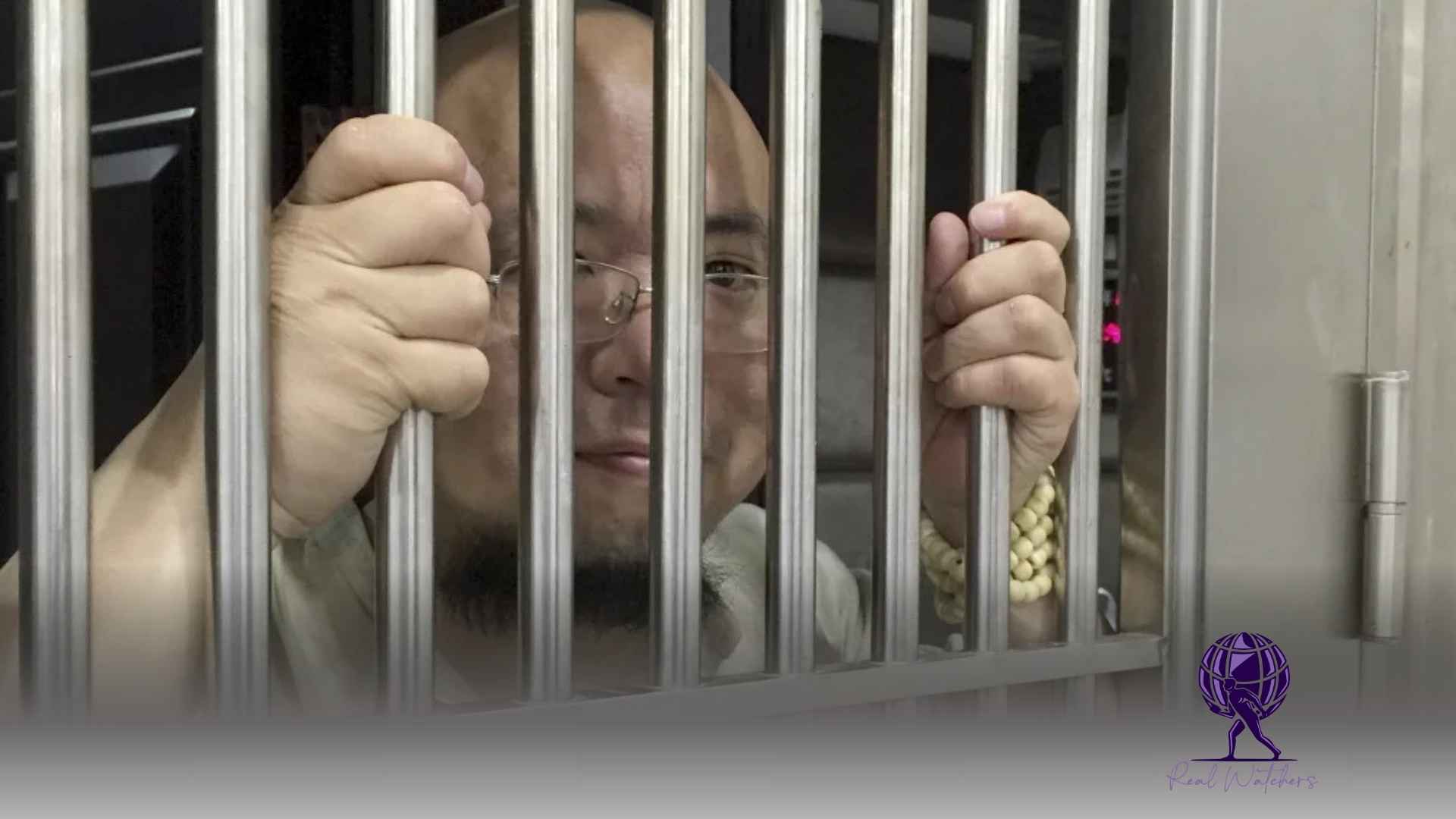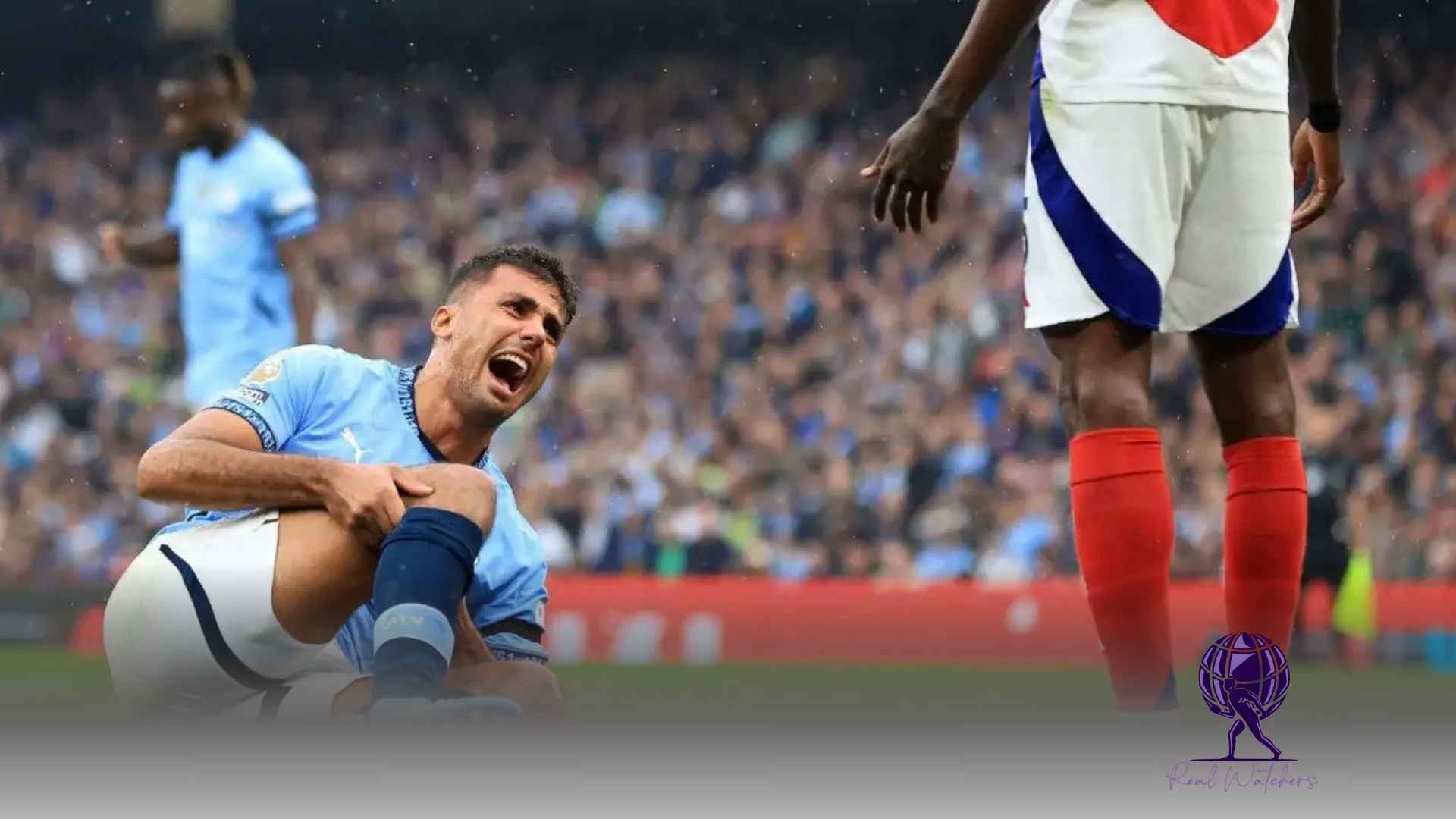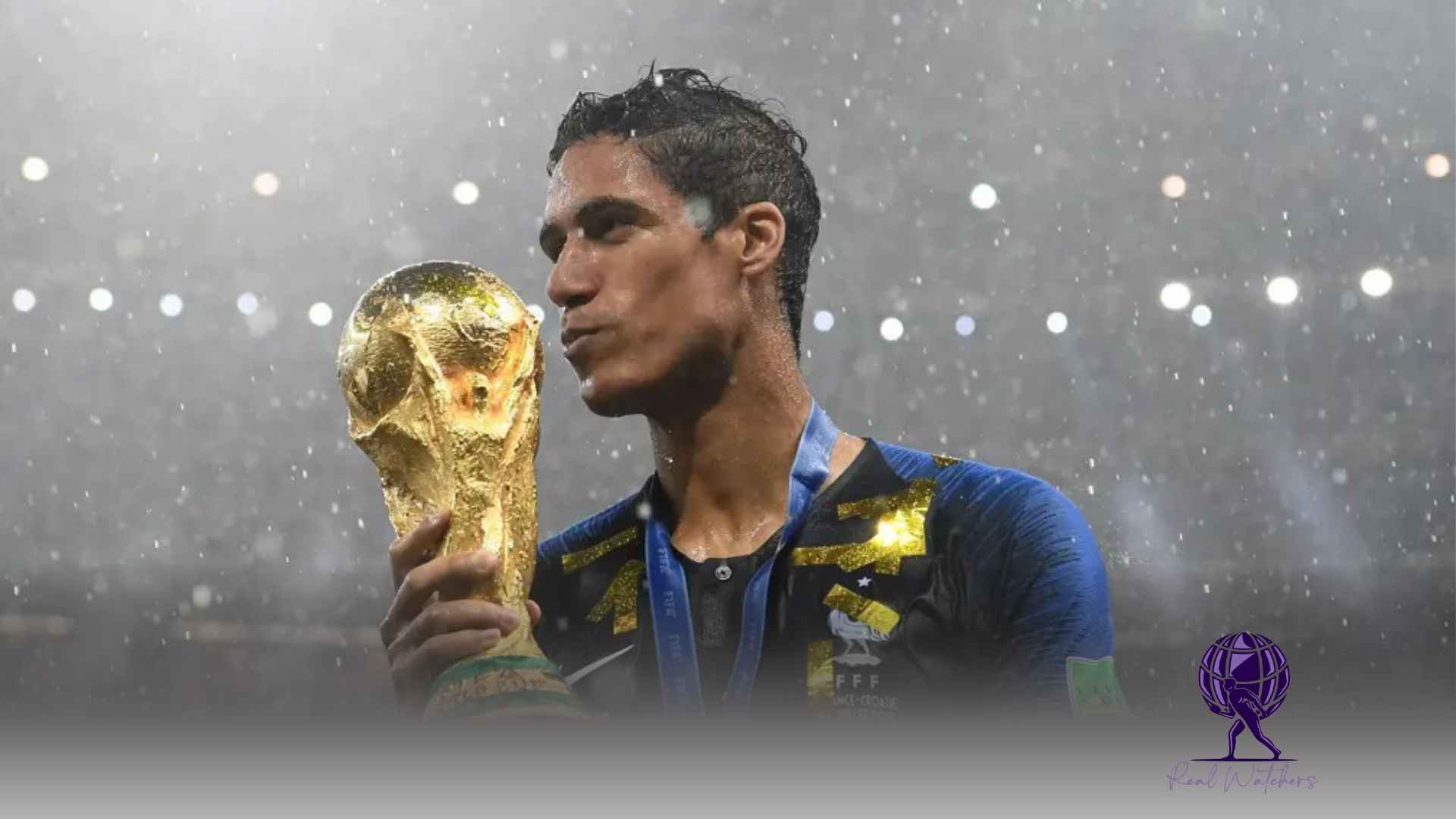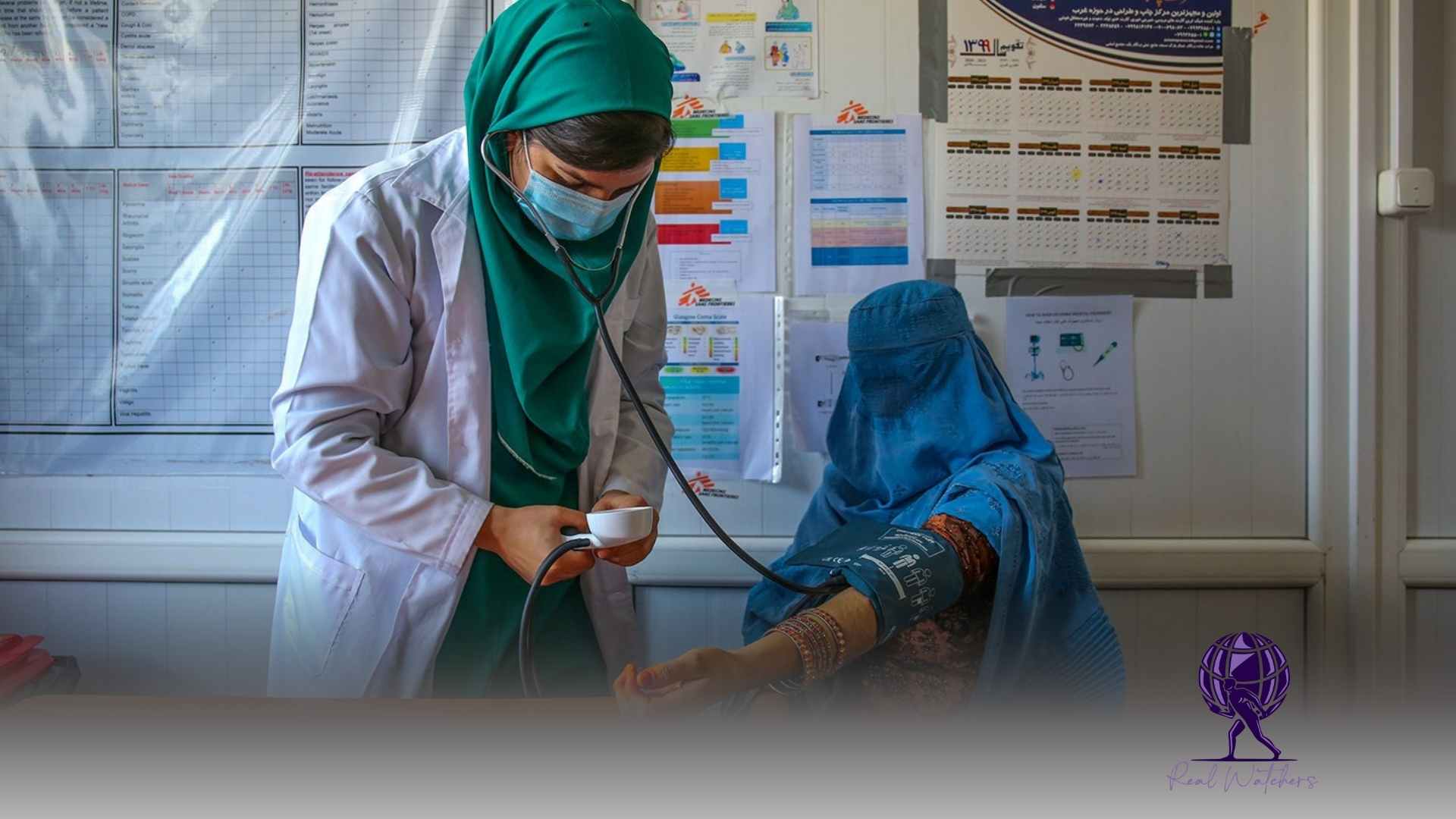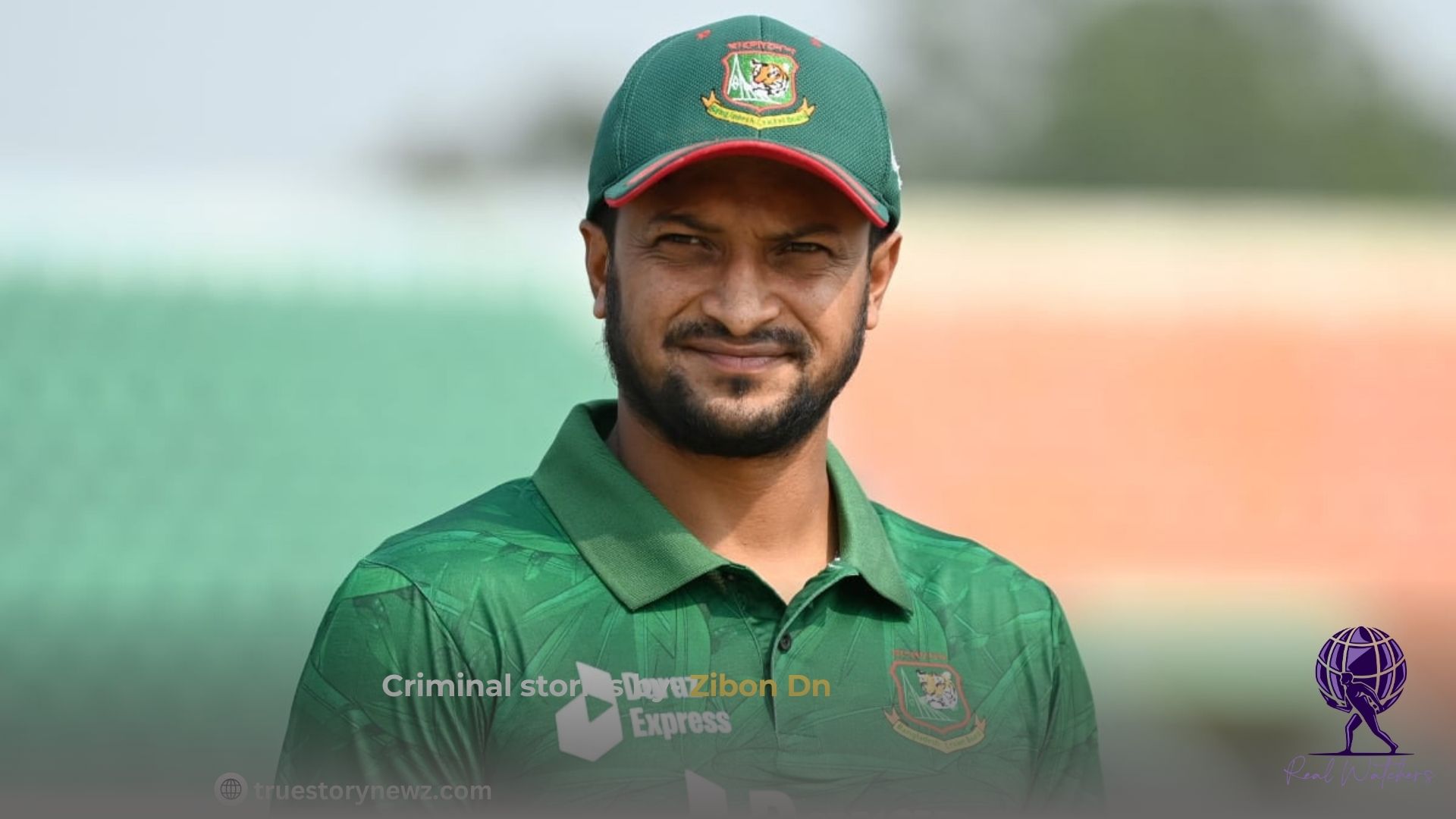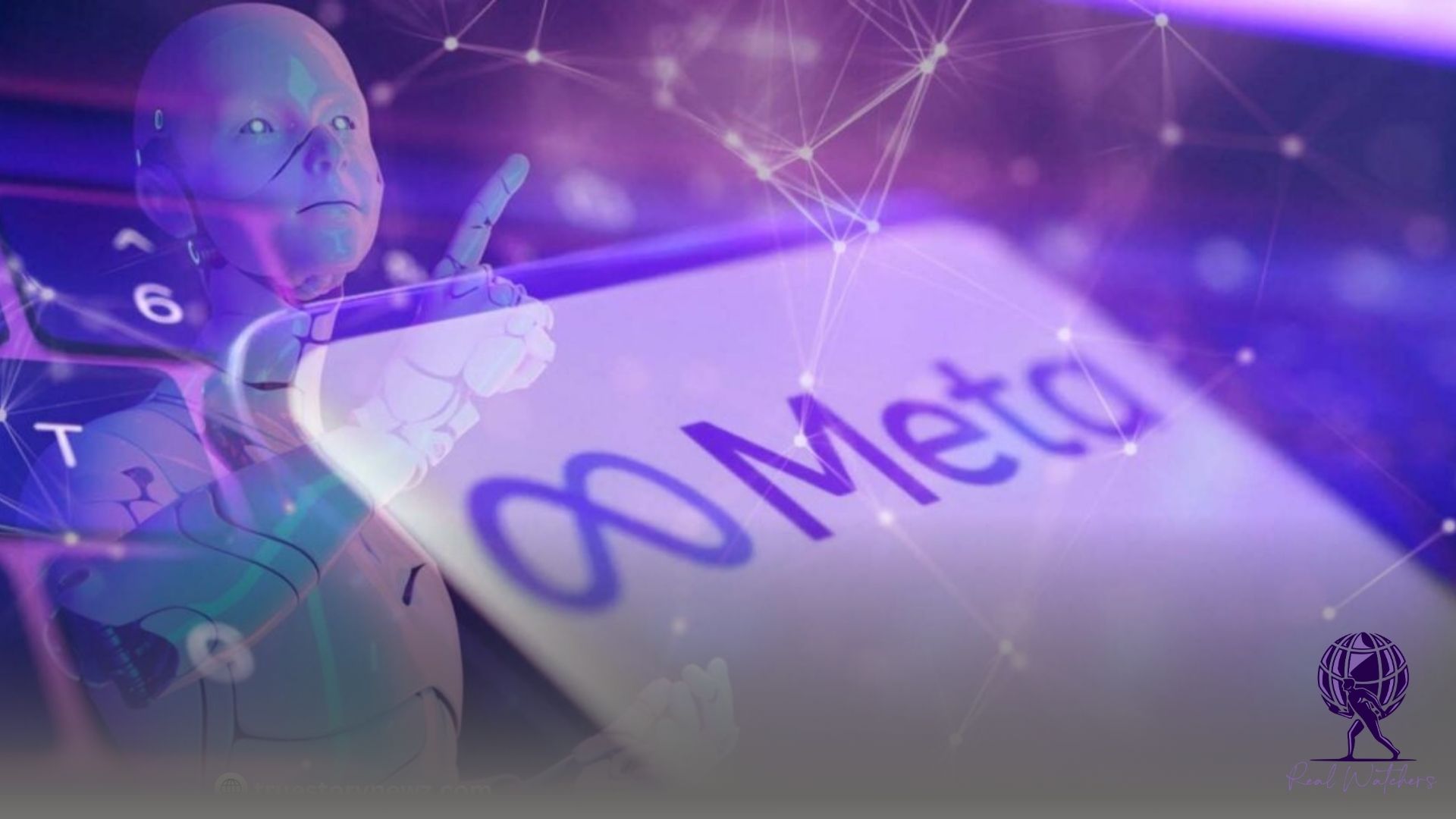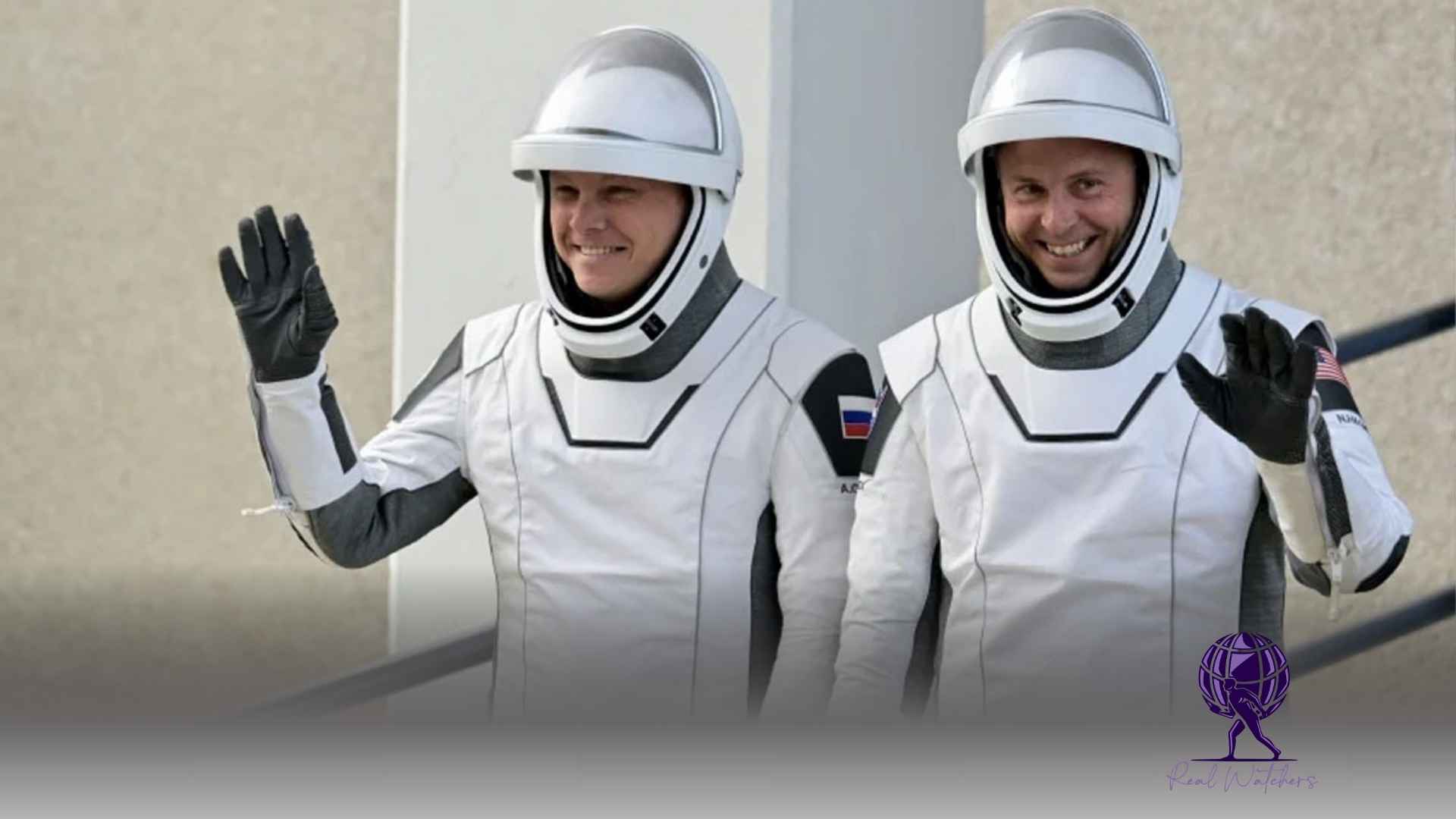Vladimir Putin is open to discussing a Ukraine ceasefire deal with Donald Trump. Still, he rules out making any major territorial concessions and insists Kyiv abandon ambitions to join NATO, five sources with knowledge of Kremlin thinking told Reuters.
U.S. President-elect Trump, who has vowed to end the conflict swiftly, is returning to the White House at a time of Russian ascendancy. Moscow controls a chunk of Ukraine about the size of the American state of Virginia and is advancing at the fastest pace since the early days of the 2022 invasion.
In the first detailed report on what President Putin would accept in any deal brokered by Trump, the five current and former Russian officials said the Kremlin could broadly agree to freeze the conflict along the front lines.
There may be room for negotiation over the precise carve-up of the four eastern regions of Donetsk, Luhansk, Zaporizhzhia and Kherson, according to three people who all requested anonymity to discuss sensitive matters.
While Moscow claims the four regions as wholly part of Russia, defended by the country’s nuclear umbrella, its forces on the ground control 70-80% of the territory, with about 26,000 square km still held by Ukrainian troops, open-source data on the front line shows.
Two officials said that Russia may also be open to withdrawing from the relatively small patches of territory it holds in the Kharkiv and Mykolaiv regions in the north and south of Ukraine.
Putin said this month that any ceasefire deal should reflect the “realities” on the ground but that he feared a short-lived truce which would only allow the West to rearm Ukraine.
“If there is no neutrality, it is difficult to imagine the existence of any good-neighbourly relations between Russia and Ukraine,” Putin told the Valdai discussion group on Nov. 7.
“Why? Because this would mean that Ukraine will be constantly used as a tool in the wrong hands and to the detriment of the interests of the Russian Federation.”
Two of the sources said outgoing U.S. President Joe Biden’s decision to allow Ukraine to fire American ATACMS missiles deep into Russia could complicate and delay any settlement – and stiffen Moscow’s demands as hardliners push for a more significant chunk of Ukraine. On Tuesday, Kyiv used the missiles to strike Russian territory for the first time, according to Moscow, which decried the move as a significant escalation.
The two sources said that if no ceasefire is agreed, then Russia will fight on.
“Putin has already said that freezing the conflict will not work in any way,” Kremlin spokesman Dmitry Peskov told Reuters hours before the Russians reported the ATACMS strikes. “And the missile authorisation is a very dangerous escalation on the part of the United States.”
The Ukrainian Foreign Ministry waited to respond to a request to comment on this article.
Trump’s communications director, Steven Cheung, told Reuters about the incoming U.S. president: “He is the only person who can bring both sides together to negotiate peace and work towards ending the war and stopping the killing.”
Real estate billionaire Trump, author of the 1987 book “Trump: the Art of the Deal”, has said he would speak directly to Putin in his efforts to forge a peace deal, though he has given no details on how he might reconcile the warring sides, which both show scant sign of backing down.
Ukrainian President Volodymyr Zelenskiy has said his country will not rest until every last Russian soldier is ejected from its territory – based on the borders it gained after the 1991 fall of the Soviet Union – though top U.S. generals have said publicly that this is a very ambitious aim.
On June 14, Putin set out his opening terms for an immediate end to the war. Ukraine must drop its NATO ambitions and withdraw all of its troops from the entirety of the territory of four Ukrainian regions claimed and controlled mainly by Russia.
SECURITY GUARANTEES, ARMY LIMITS
Russia has made it clear that it will not accept Ukraine’s accession to NATO or the stationing of NATO forces within its borders. However, discussions regarding security guarantees for Kyiv are on the table, as indicated by five current and former officials.
Sources indicate that the Kremlin may seek additional concessions from Ukraine, such as an agreement from Kyiv to limit the size of its armed forces and a commitment not to impose restrictions on the use of the Russian language.
Dimitri Simes, a prominent expert on American affairs who emigrated from the Soviet Union to the United States in 1973, suggested that a ceasefire agreement could be reached relatively quickly to bring an end to the war that has resulted in the deaths of hundreds of thousands of soldiers and the displacement of millions of civilians.
However, he noted that reaching a broader, enduring agreement that would tackle the security concerns of Ukraine and Russia would be a significant challenge.
“Reaching a grand bargain appears to be a formidable challenge, given the significant distance between the positions of both parties.”
‘HARSH TRUTH: RUSSIA IS WINNING’
Russia currently holds 18% of Ukrainian territory, which encompasses the entirety of Crimea, a peninsula it annexed in 2014. Additionally, it controls 80% of the Donbas region, comprising the Donetsk and Luhansk areas, and over 70% of the Zaporizhzhia and Kherson regions. The area encompasses nearly 3% of the Kharkiv region and a small portion of Mykolaiv.Russia currently occupies more than 110,000 square kilometres of Ukrainian land. Ukraine currently occupies approximately 650 square kilometres of the Kursk region in Russia.
Within Russia, a ceasefire agreement that allows the country to retain control over significant portions of Donetsk, Luhansk, Zaporizhzhia, and Kherson could be portrayed as a triumph. This deal would be framed as a measure to protect Russian-speaking populations in eastern Ukraine and to preserve the crucial land connection to Crimea, as indicated by a source familiar with the situation.
Russian officials have firmly stated that the future of Crimea is not open to debate.
A senior official familiar with high-level discussions within the Kremlin indicated that the West must confront the “harsh truth” that its support for Ukraine has been insufficient to prevent Russia from achieving victory in the ongoing conflict.
Vladimir Putin, who served as a KGB lieutenant colonel during the dissolution of the Soviet Union in Dresden, made the unilateral decision to invade Ukraine, relying on advice from a small circle of trusted advisers, according to ten Russian sources familiar with the Kremlin’s mindset, as reported by Reuters.
Five current and former officials say he will also be pivotal in any ceasefire decisions.
The leader of the Kremlin characterises the conflict in Ukraine as a pivotal event, asserting that it marks a significant stand against what he perceives as Western arrogance. He argues that the expansion of NATO towards Russia’s borders and interference in the politics of regions Moscow views as its sphere of influence, notably Georgia and Ukraine, have necessitated this military response.
Officials in Kyiv and Western nations assert that the invasion represents a bid to seize sovereign Ukrainian land.
In response to enquiries about the potential framework of a ceasefire, two Russian sources pointed to a draft agreement that nearly received approval in April 2022 following discussions in Istanbul. Putin has publicly acknowledged this document as a possible foundation for a future deal.
A draft document reviewed by Reuters stipulates that Ukraine must commit to permanent neutrality in exchange for international security assurances from the five permanent members of the U.N. Security Council: Britain, China, France, Russia, and the United States.
A Russian official has stated that an agreement will only be reached if Ukraine provides security guarantees. The official emphasized the importance of finding a way to prevent a deal that could potentially entangle the West in a confrontation with Russia in the future.
